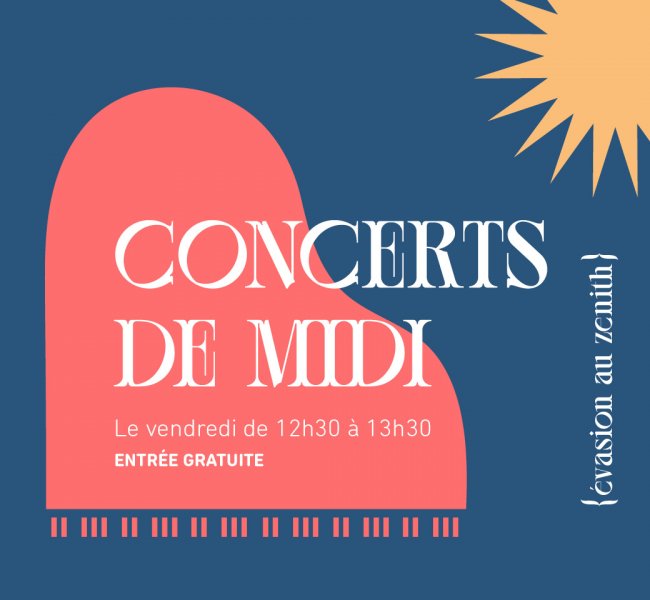Description
The burial plot dates back to 1890 and was transferred to the City of Luxembourg in 2011. The City has conserved this monument, as it commemorates a notable industrial family.
The grave contains the remains of Marie-Barbe Julie Pescatore (1822-1890). In 1843, she married Léon Sigisbert Lamort (1819-1872), son of Jacques Lamort, the founder of the Senningen paper mill. Léon Lamort had been the founding shareholder of the Société des Hauts Fourneaux de Luxembourg (Esch-sur-Alzette) and founder of the company Forges et Laminoirs de Luxembourg (Hollerich). He also continued to run the paper factory in Senningen. From 1862 to 1872, Léon Lamort was a member of the Chamber of Commerce, where he represented the papermaking sector. He died in Senningen. His wife subsequently moved to Luxembourg City, which explains the acquisition of the plot at the Notre-Dame cemetery. The couple had five children: Eugène (1844-1918), Marie (1847-1894), Maurice, Lucien (1860-1941) and Léon (1862-1923). Their son Lucien (1860-1946), who married Anne Amberg (1862-1945), daughter of the well-known café owner and composer Adolphe Amberg Jr, is buried here. Lucien Lamort was an electrical engineer and ran an accumulator factory in Luxembourg. He was also a stockbroker and insurance broker and, in 1930, became a shareholder in the holding company Comtext. Jeanne (1901-1914), one of the daughters of Lucien Lamort and Anne Amberg, was buried with her parents. Their son Charles (1900-1930) was an engineer. He did not marry and was buried in the plot with his family, along with the couple's other son Maurice-Henri Lamort (1896-1905). Their other four children, Julie, Marie, Louise and Sybille, were buried with their husbands in their respective graves.
The monument is characterised by a cenotaph, which rises from the centre of the plot. The name "Famille Lamort-Pescatore" is engraved on the front of the tombstone. A cross in high relief adorns the gravestone on the cenotaph. After it there is an inscription of the names of the deceased. At the end of the list of the persons interred, the inscription concludes with the acronym R.I.P. The lower, lateral sections of the cenotaph are covered with granite slats. The angular granite posts, topped with bronze torches pointing skywards, have disappeared, along with the bronze railing. The monument is not signed.













